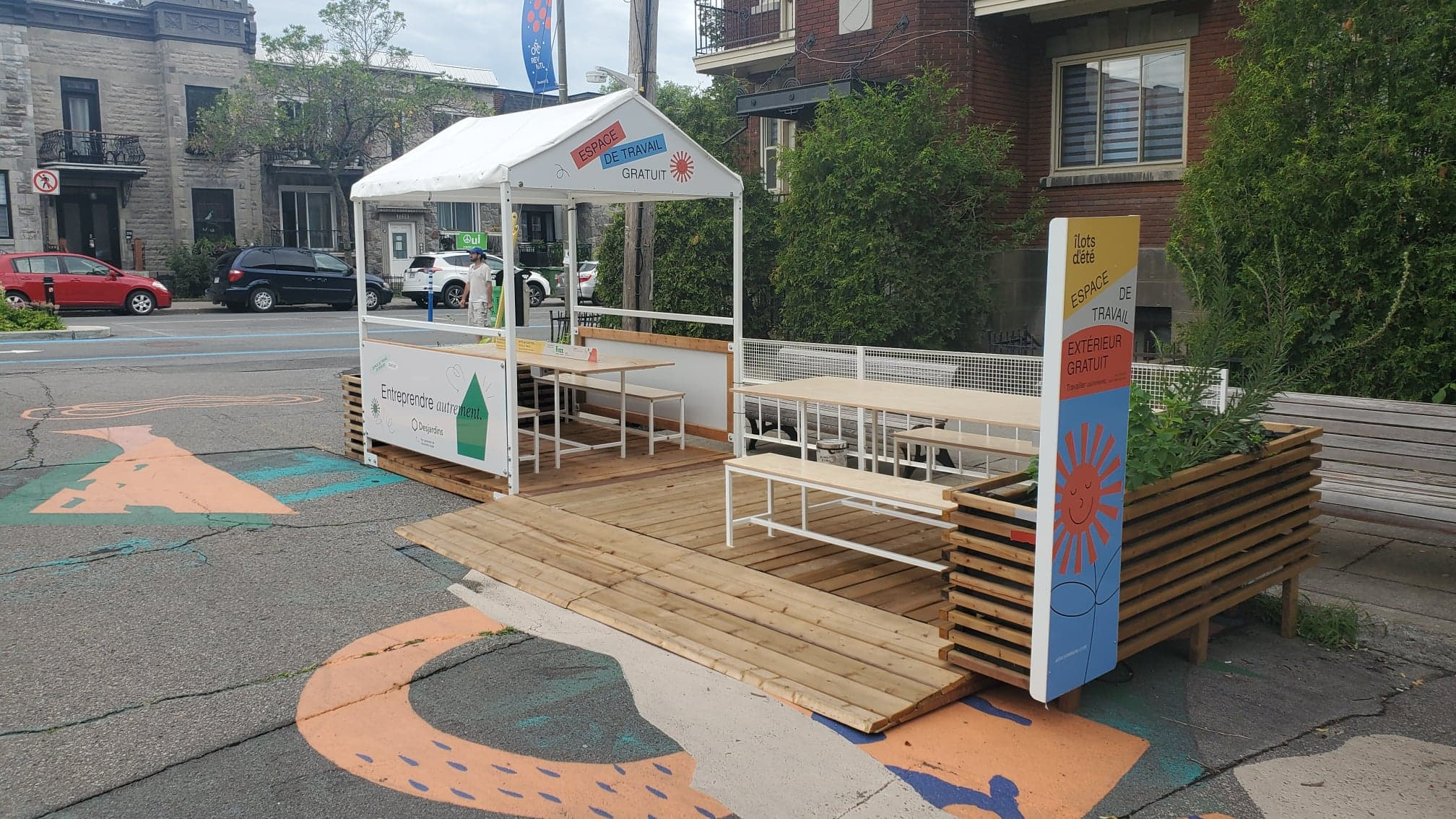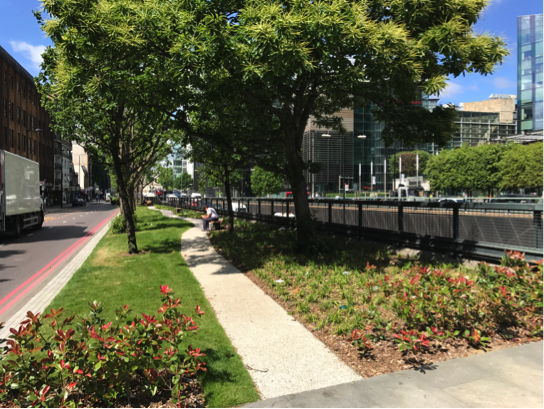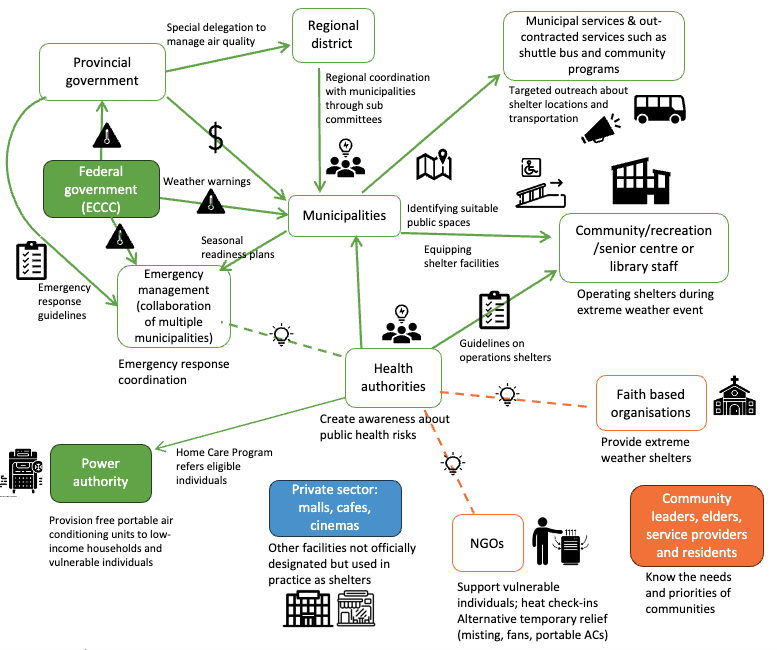City Know-hows

Target audience
Local public health professionals, Youth social workers, Community organizers, and Park planners
The problem
The COVID-19 pandemic disrupted youth milestones such as school graduation ceremonies, transitions to higher education, and entrance into the labour force. Given the school closures and public health protective measures that occurred in London, Ontario, Canada, many youth limited their daily activities to parks and restaurants in their local neighbourhoods. These disruptions and changes to youth behaviour from the pandemic may have impacted their mental health and stress levels.
What we did and why
We undertook a survey of youth, aged 13 to 19 years old, in London, Ontario, Canada from June to September 2020. Survey questions were developed in consultation with youth themselves, rendering questions that sought to understand impacts from the pandemic based on their own perspectives. Questions covered demographics, health behaviours, and their experiences during the pandemic. We also gathered information about their neighbourhood context to understand how the local environment affects their mental wellbeing.
Our study’s contribution
Our study:
Impacts for city policy and practice
Practitioners should consider the following:
Our findings suggest local policymakers and practitioners could play a role in addressing youth mental health and stress levels through the following actions:
Further information
QuaranTEENing Project page
Full research article:
Neighbourhood influences on youth mental health and stress levels during the first six months of the COVID-19 pandemic by Alexander Wray, Gina Martin, Kendra Nelson Ferguson, Stephanie E. Coen, Jamie A. Seabrook & Jason Gilliland
Related posts

Understanding how urban environments affect health is the first step in making a healthy city.

Extreme heat and wildfire smoke are a growing concern in cities. Cooling and cleaner air centres can provide a much-needed respite but too often they’re set up reactively and inconsistently. Our study explores what works, what doesn’t, and how cities can design these spaces to be reliable, inclusive, and accessible for all.

New research explores if and how mosquito-borne diseases are considered in city resilience, and provides recommendations on how cities can integrate mosquito-borne disease prevention and control into their resilience approach.